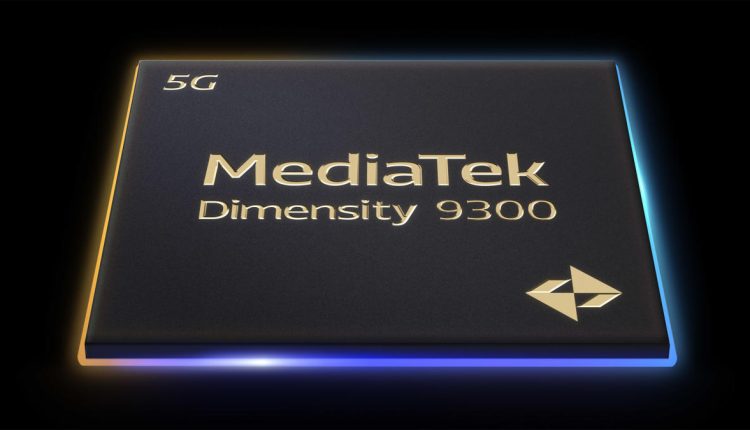©2021 Reporters Post24. All Rights Reserved.
MediaTek has unveiled its flagship Dimensity 9300 mobile processor using TSMC’s 3rd-generation 4nm+ technology. The company claims much improved performance and power consumption over last year’s Dimensity 9200, and performance on par with Qualcomm’s new Snapdragon 8 Gen 3 processor in some key benchmarks. That makes three flagship mobile system-on-chips launched in the last month (including Google’s Tensor G3), showing some healthy competition in the high-end mobile processor space.
The Dimensity 9300 has what MediaTek calls an “all-big core architecture” oriented toward performance, with four ultra-large cores and four big cores, making eight altogether. That compares to the Snapdragon 8 Gen 3, which comes with a single ultra-large Cortex-X4 core, along with 5 big Cortex-A720 cores and 2 smaller Cortex-A520 cores to balance energy savings and performance.
With all that, it delivers 15 percent more performance than the Dimensity 9200 at the same power level, or 33 percent power draw at the same performance. It also allows for 40 percent more peak performance, according to the company. Mediatek also claims an AnTuTu score of 2,130,000+, which roughly matches The Snapdragon 8 Gen 3’s AnTuTu score.
MediaTek is also claiming a 46 percent jump in GPU performance over the previous processor at the same power levels and higher frame rates than its rival on certain gaming benchmarks. It also offers much improved deep learning performance over the Dimensity 9200 thanks to the new APU 790 AI processor — with up to 8 times the processing speed and Stable Diffusion image generation under a second.
It also has features that improve computational photography and video, support for always-on HDR at 4K 60p, “real-time bokeh tracking” at 4K 30fps, AI processing on RAW photos and videos and support for the new Ultra HDR format in Android 14.
That’s all quite impressive if accurate, though tests will need to bear those claims out. In any case, it looks like a solid alternative to Qualcomm’s Snapdragon 8 Gen 3, and it’s likely to appear on a number of upcoming devices, possibly including the The Vivo X100 and X100 Pro.


